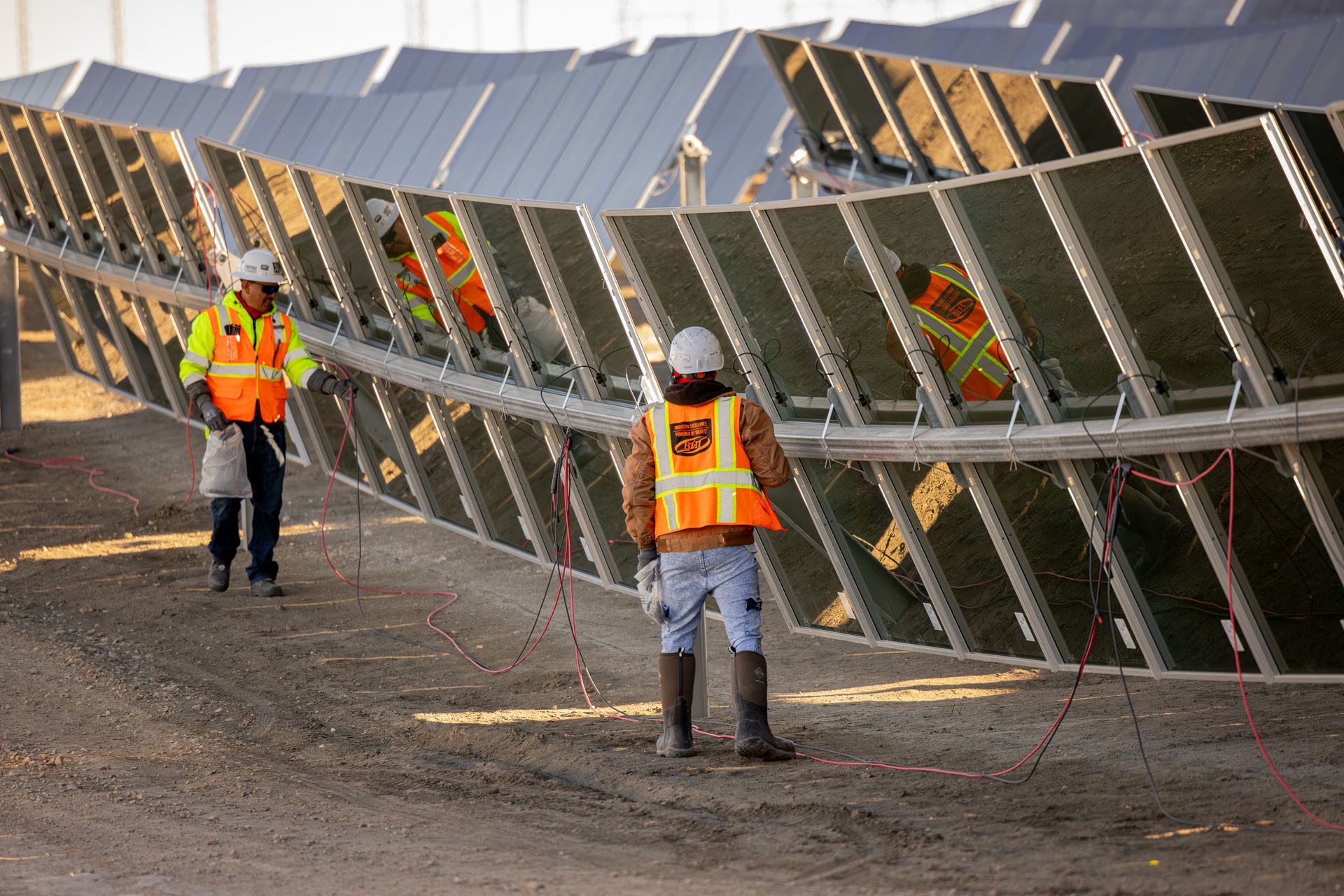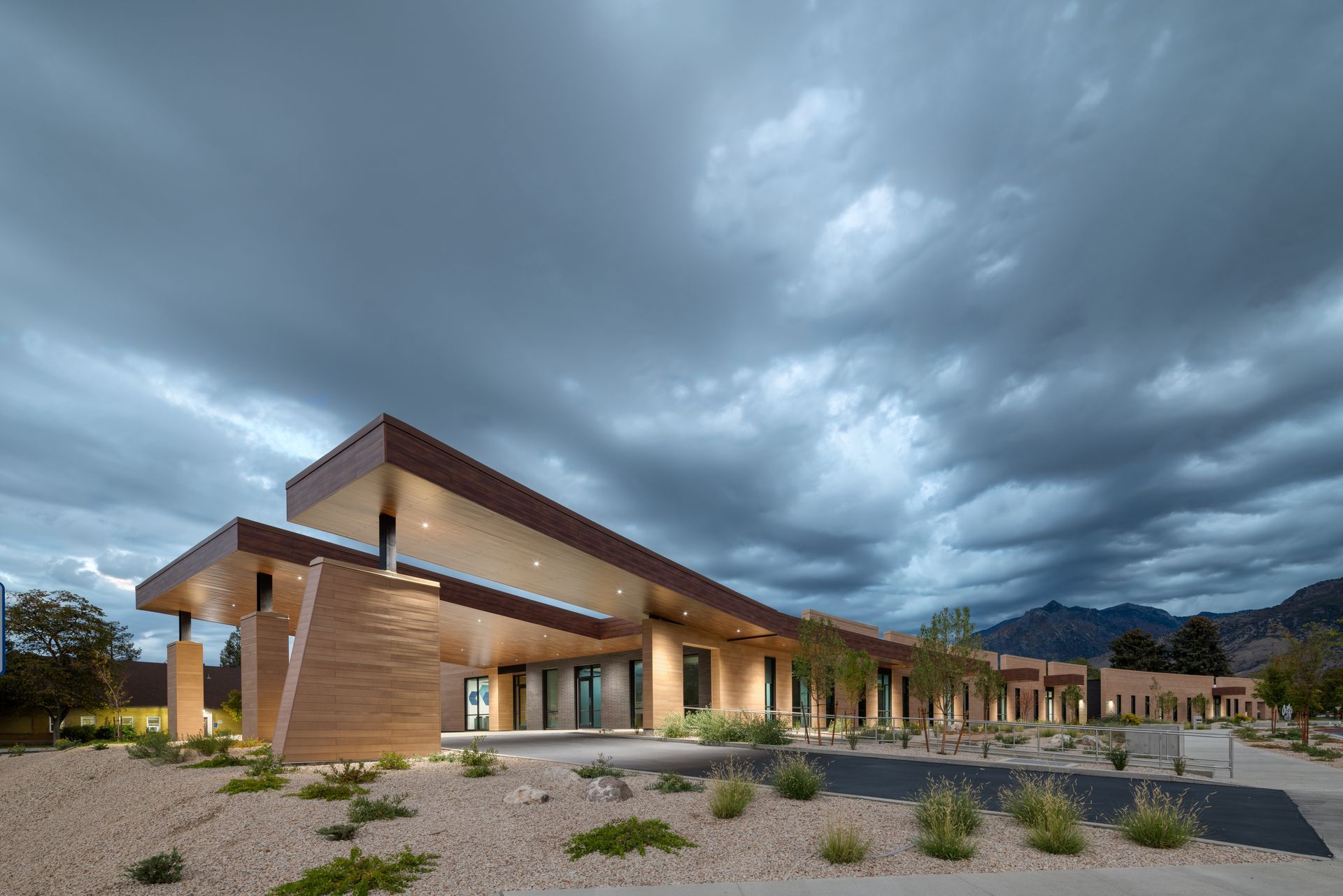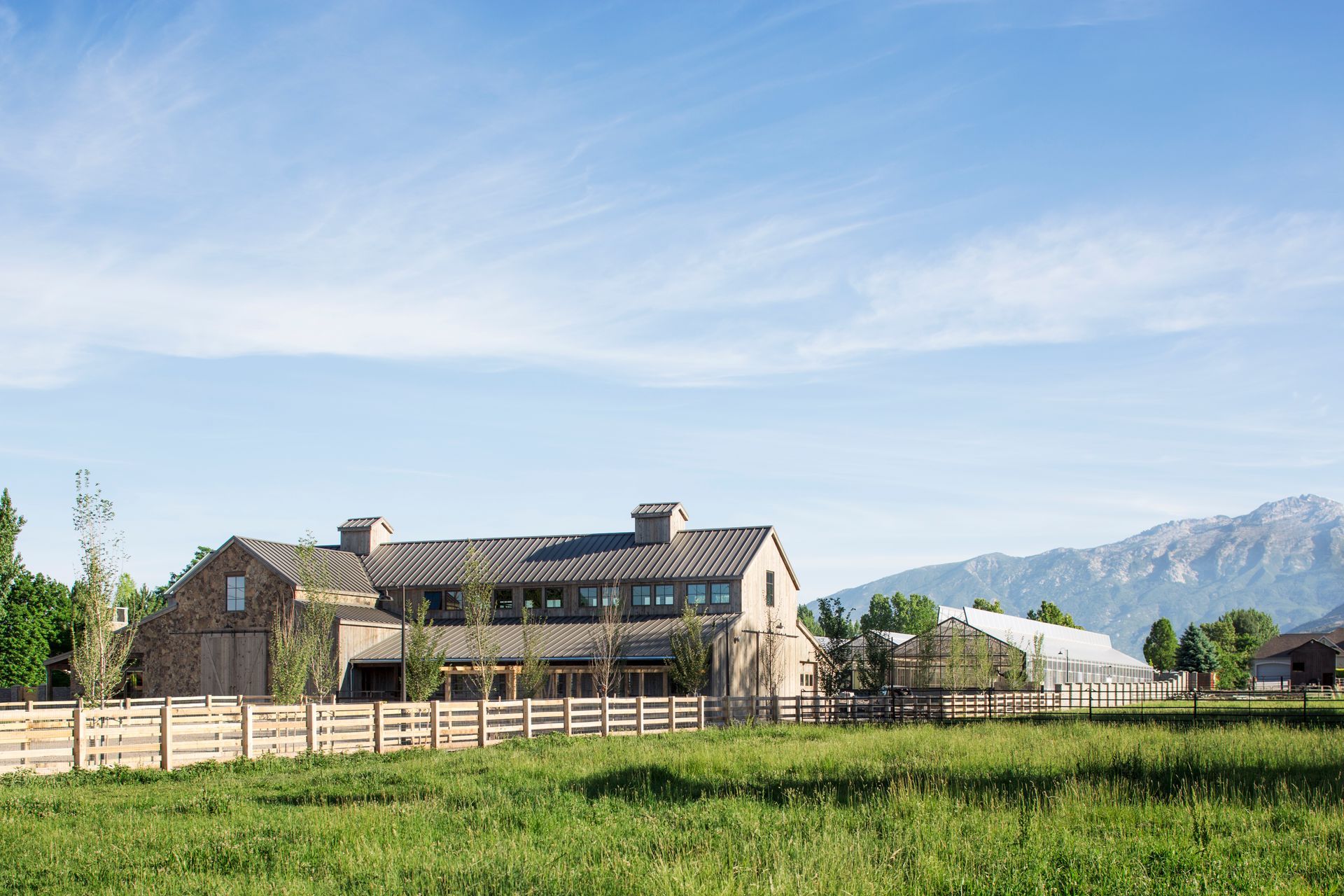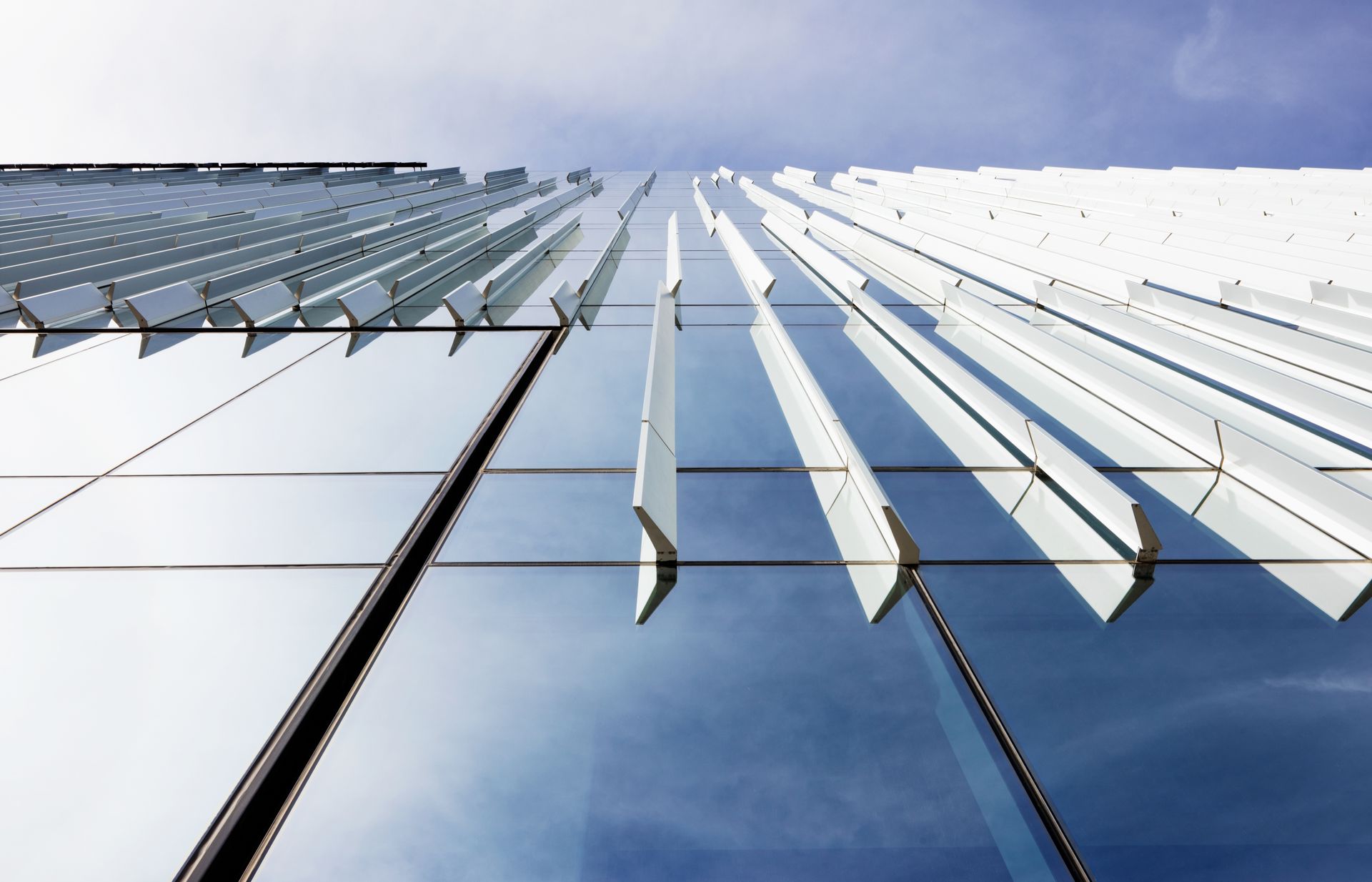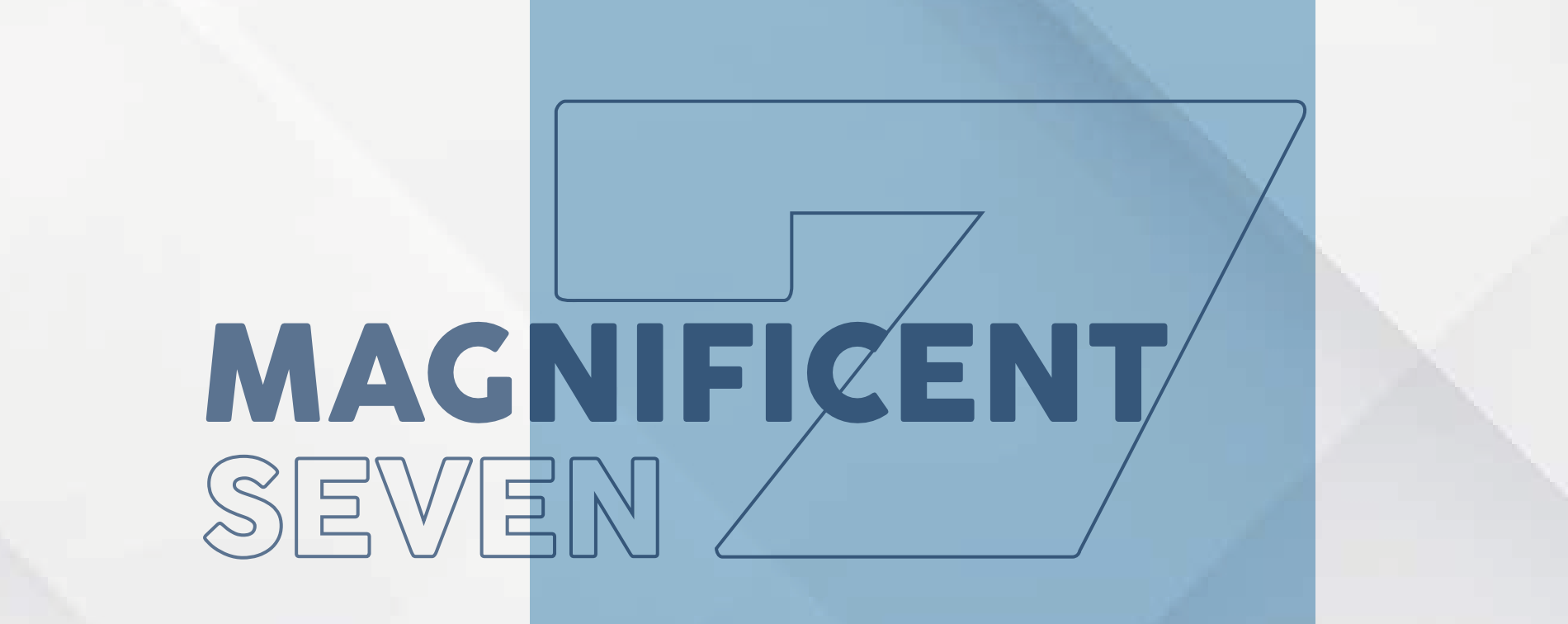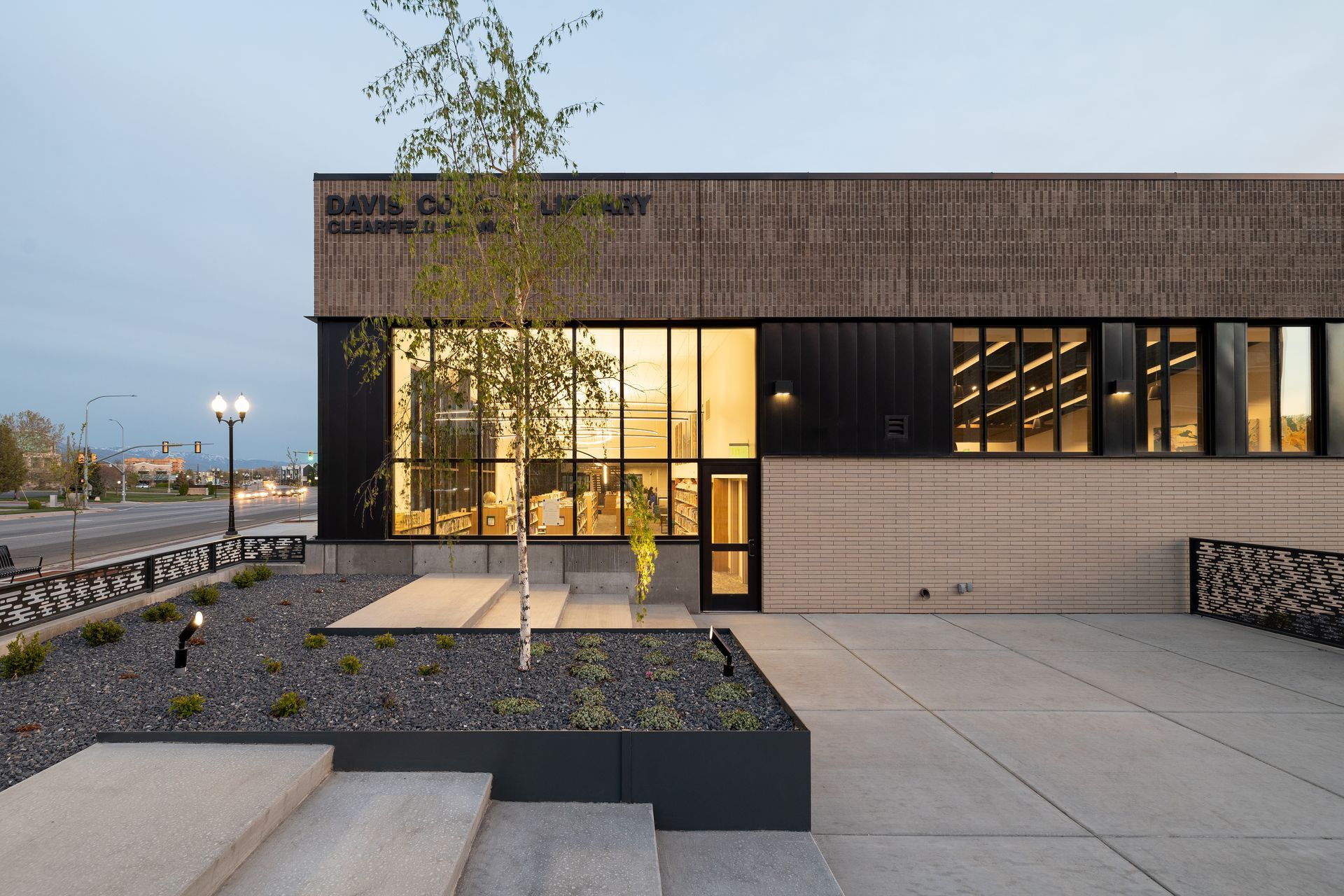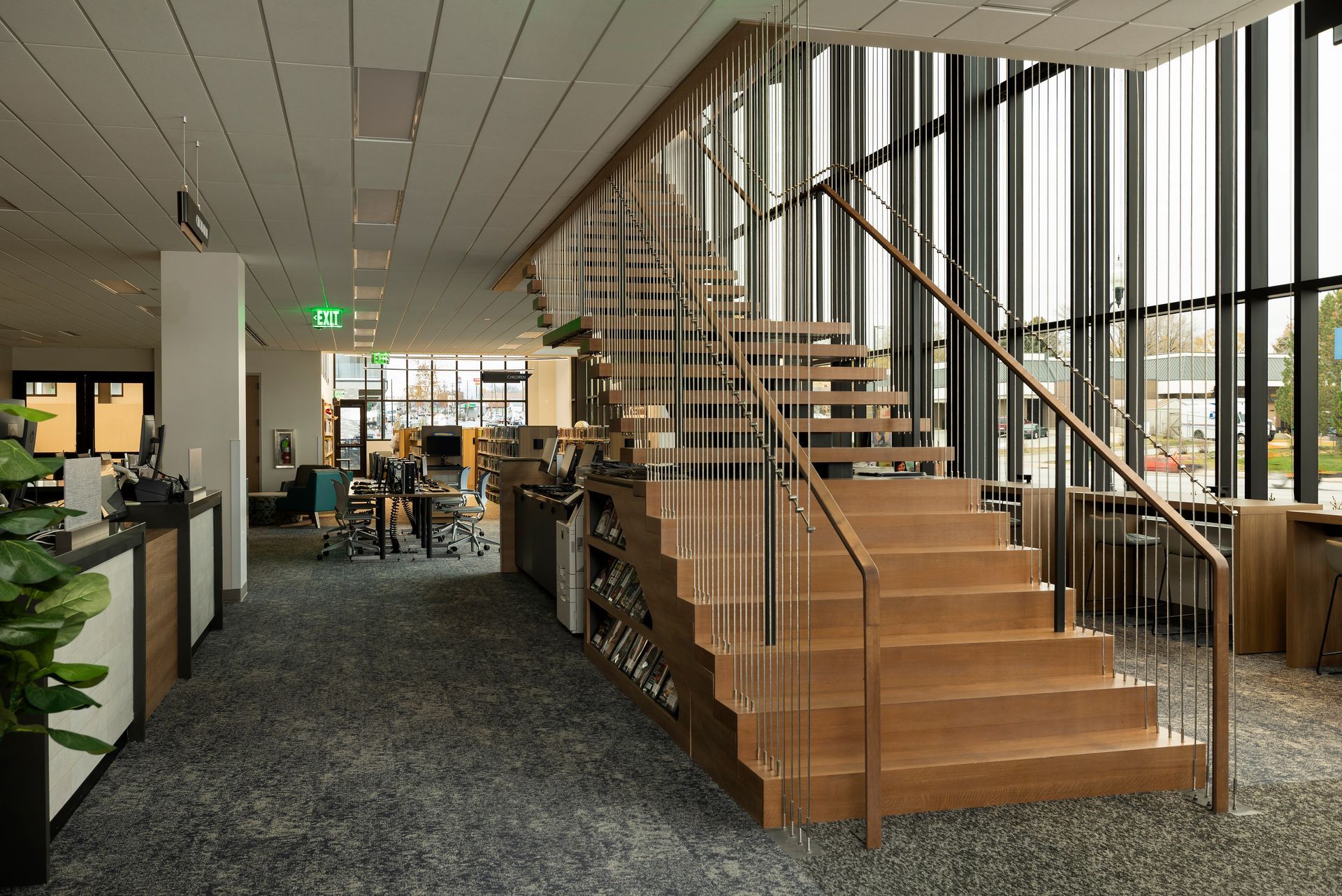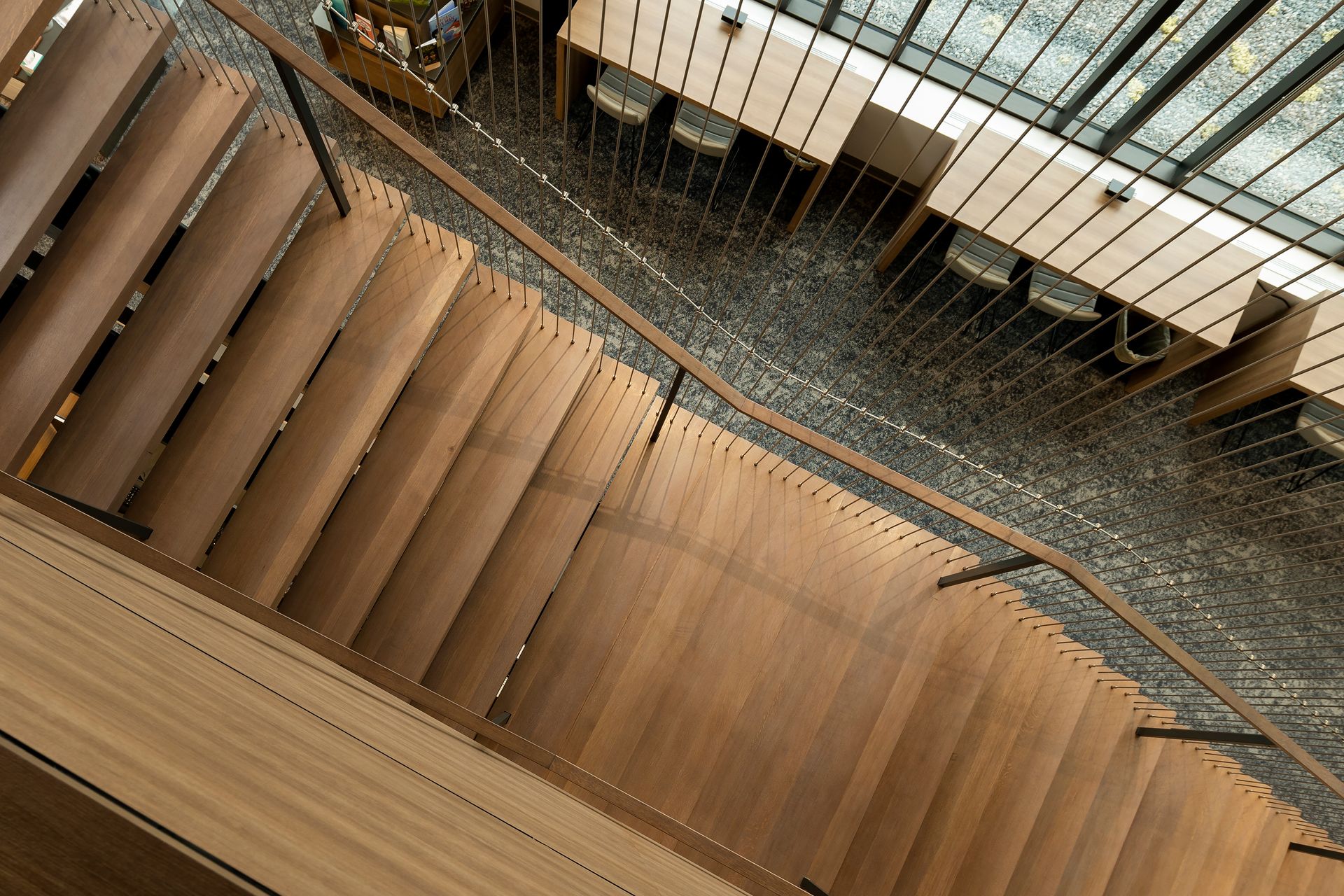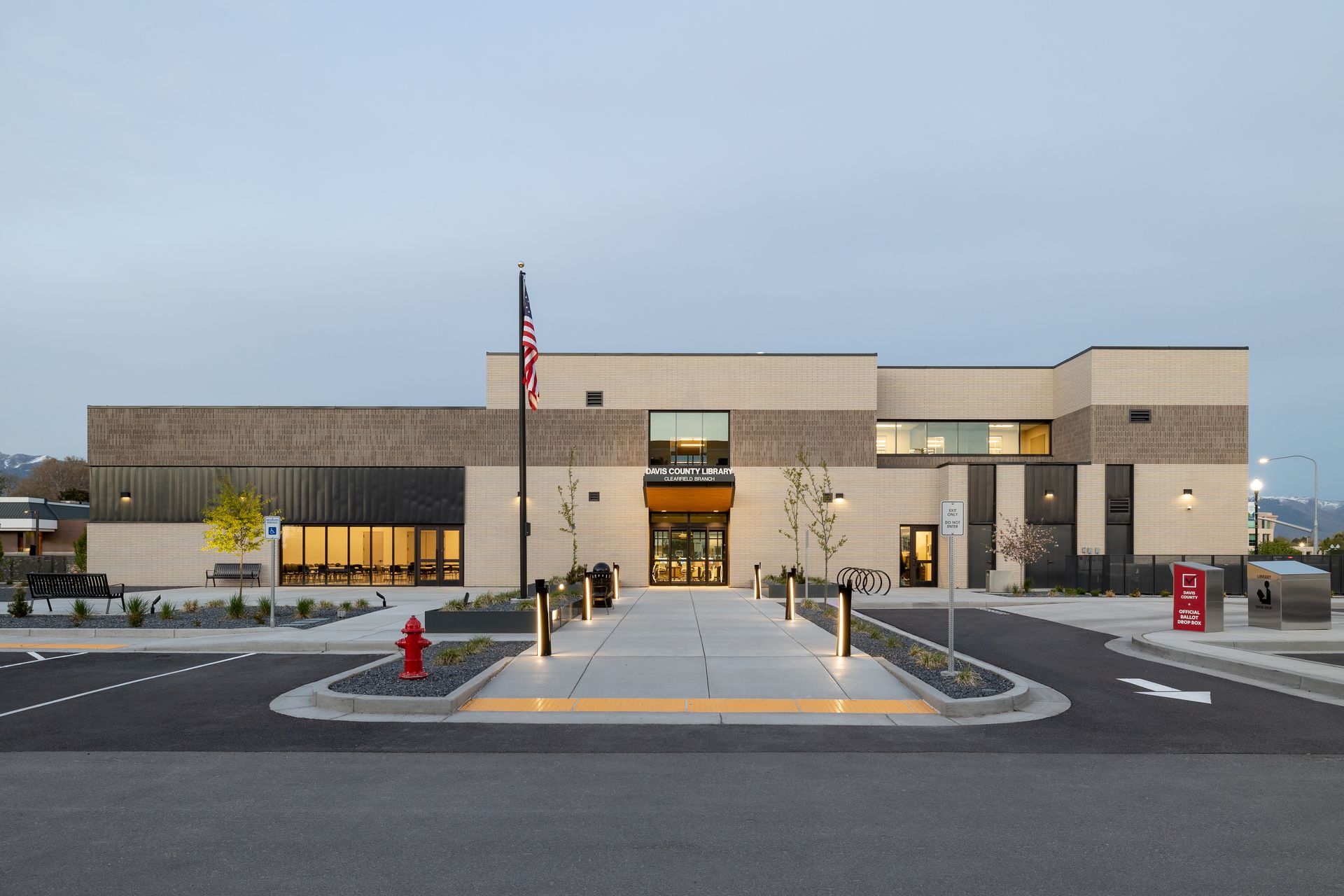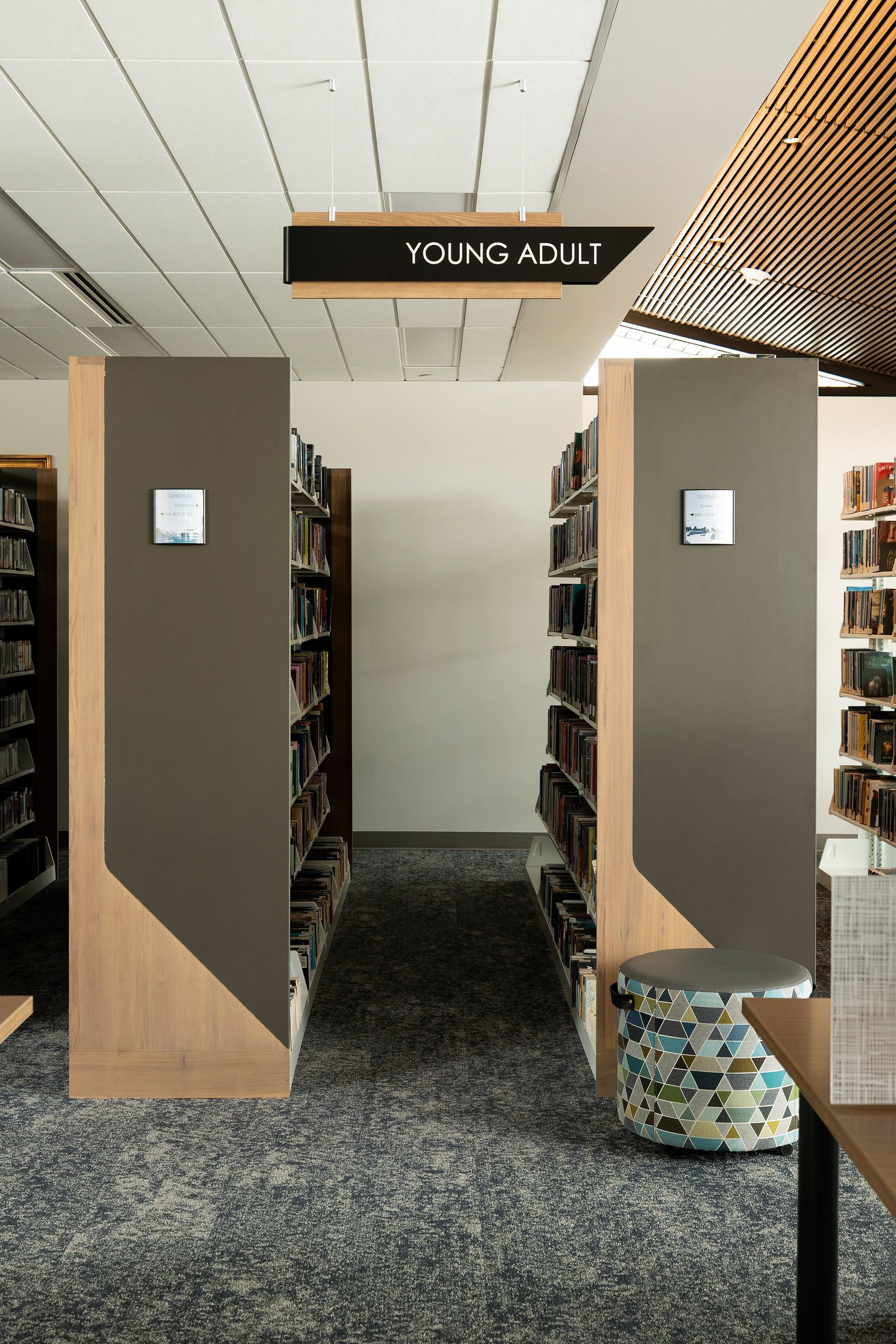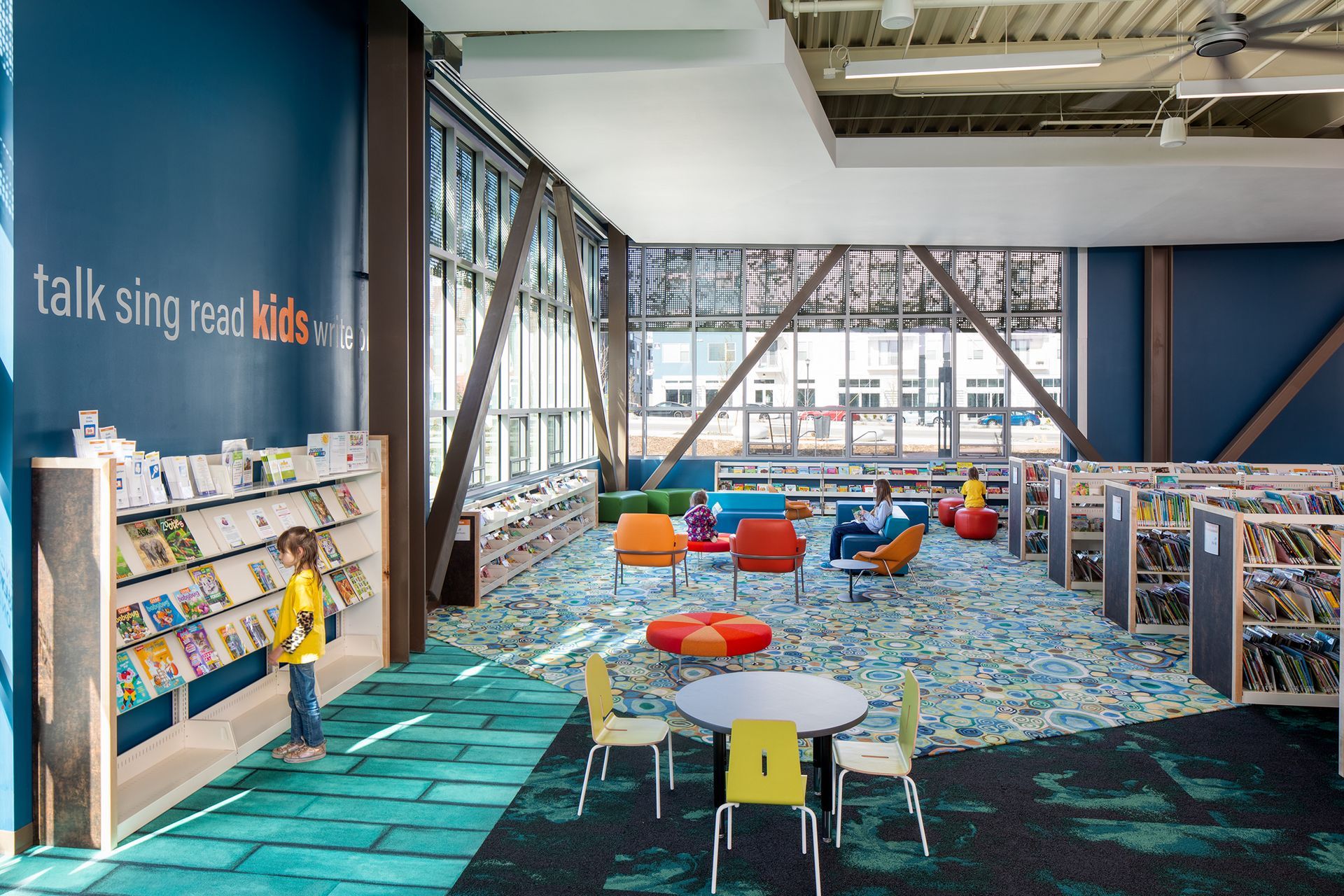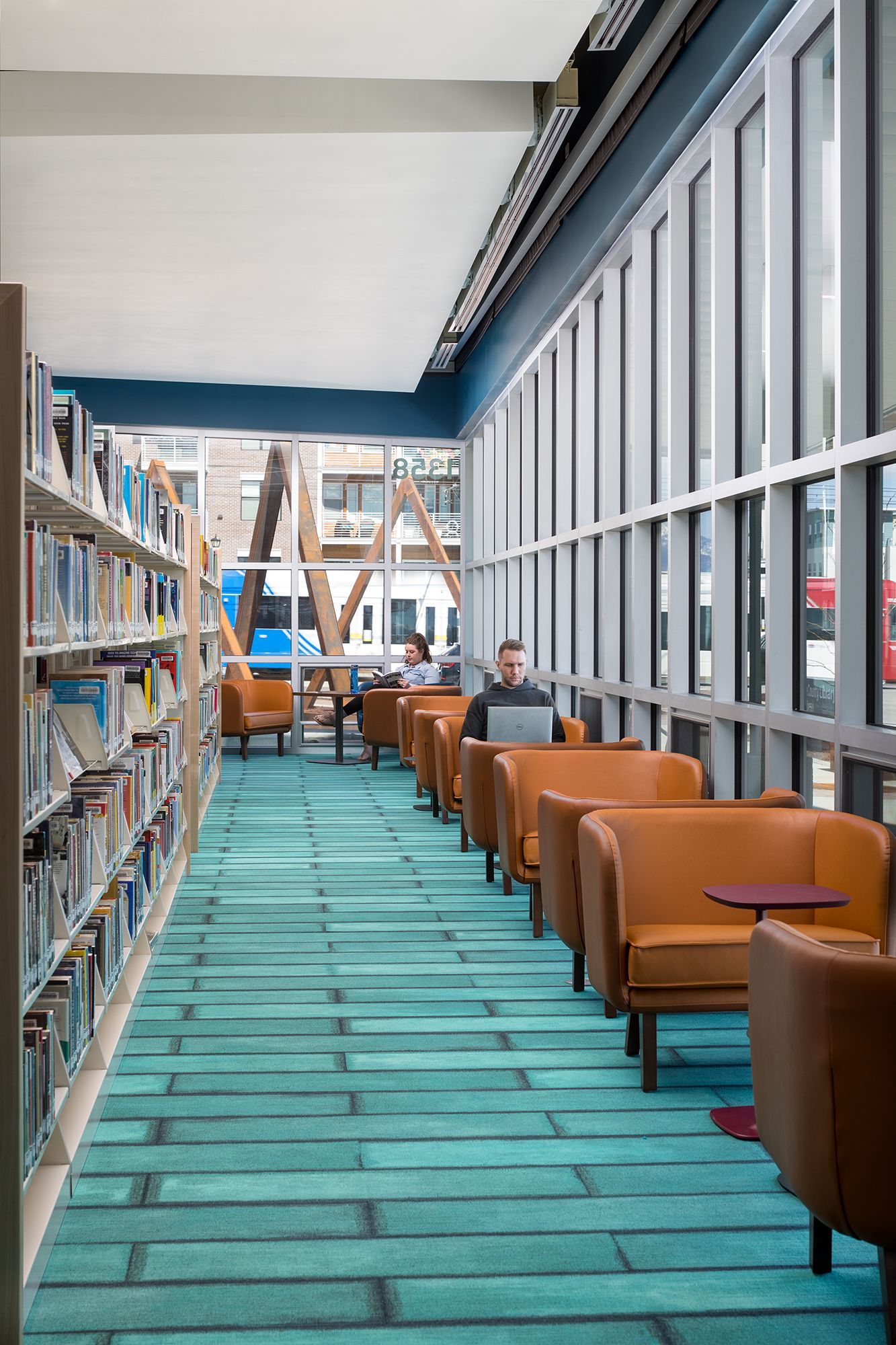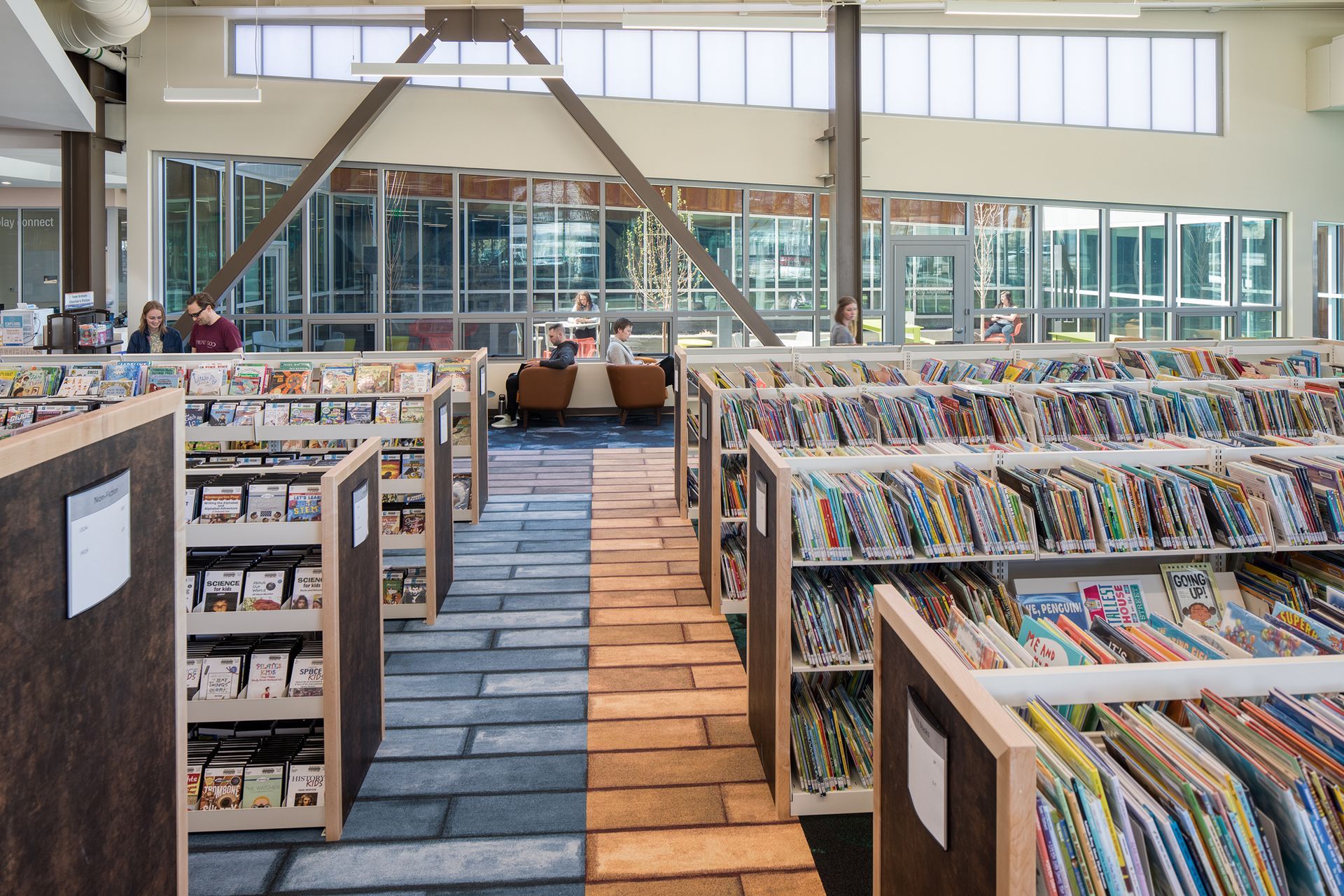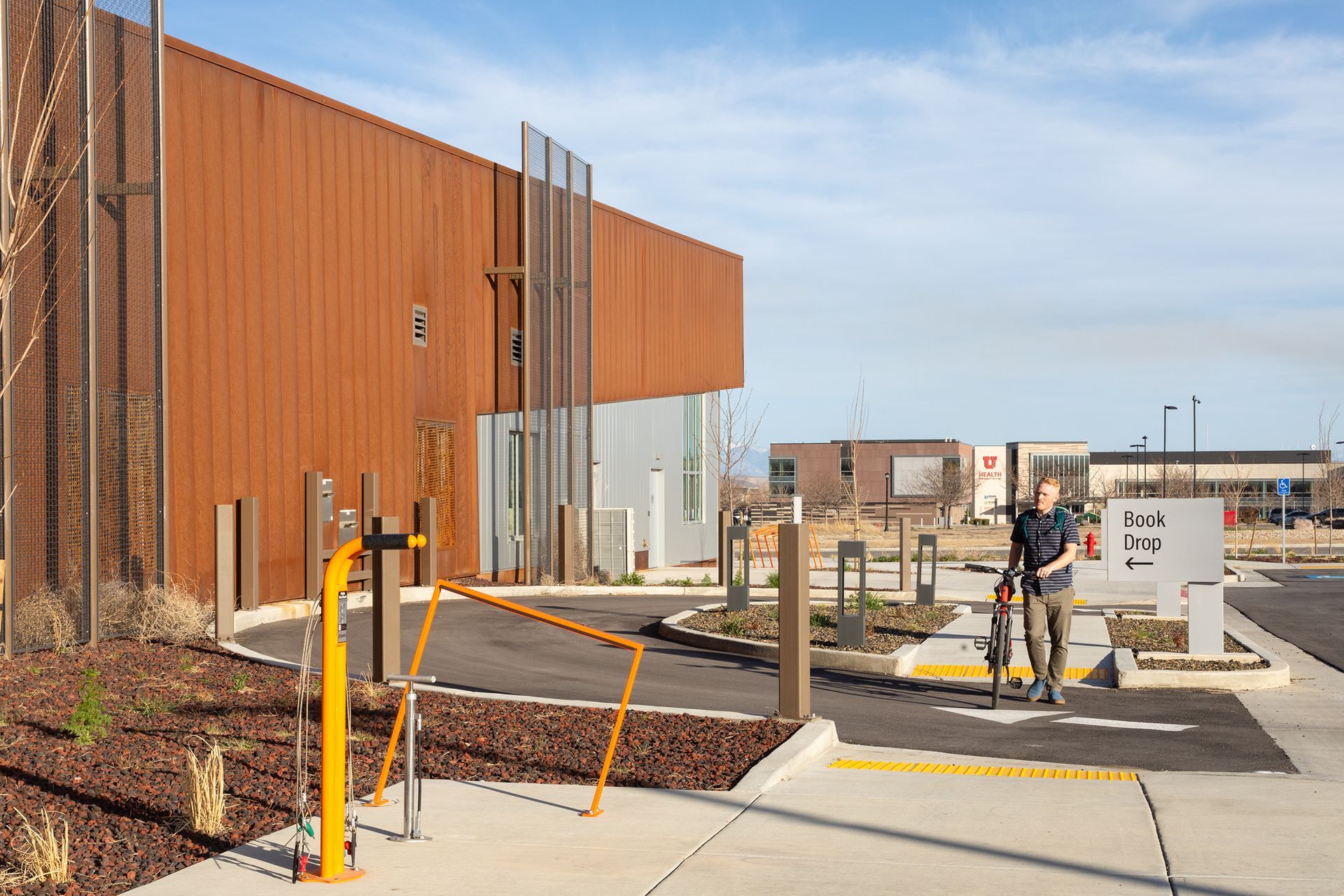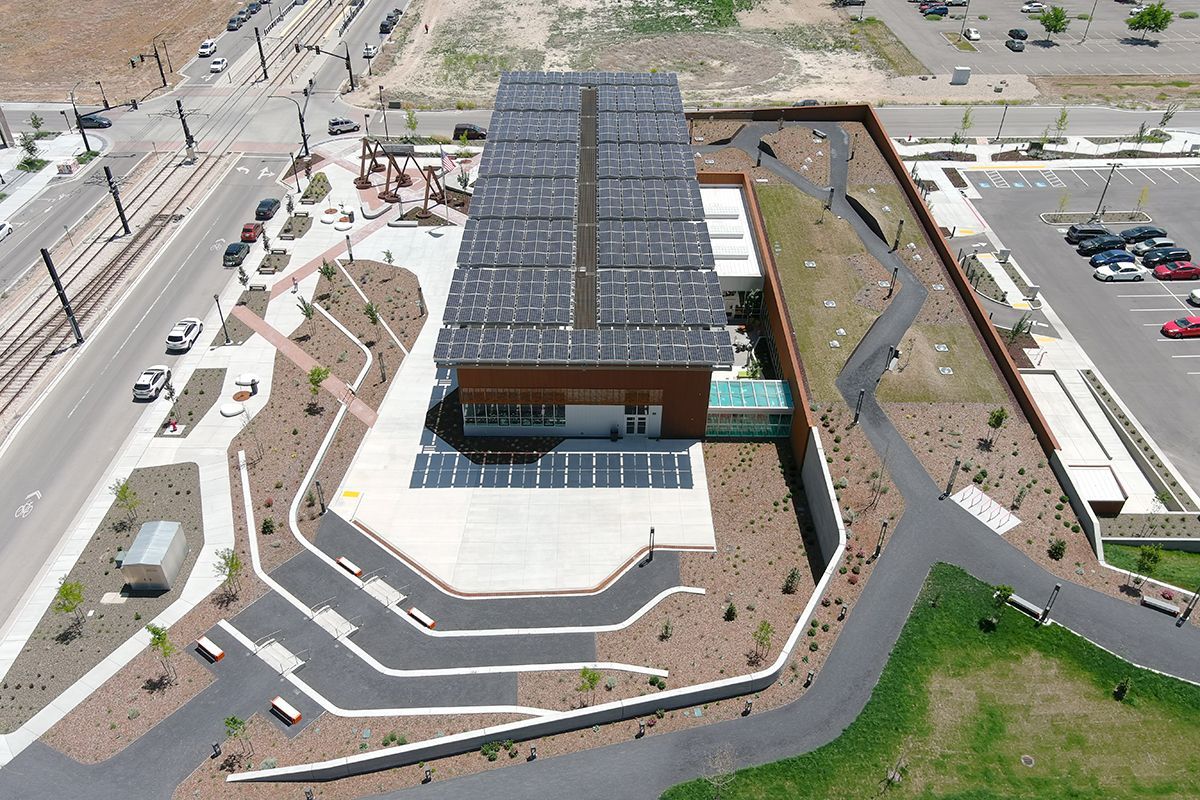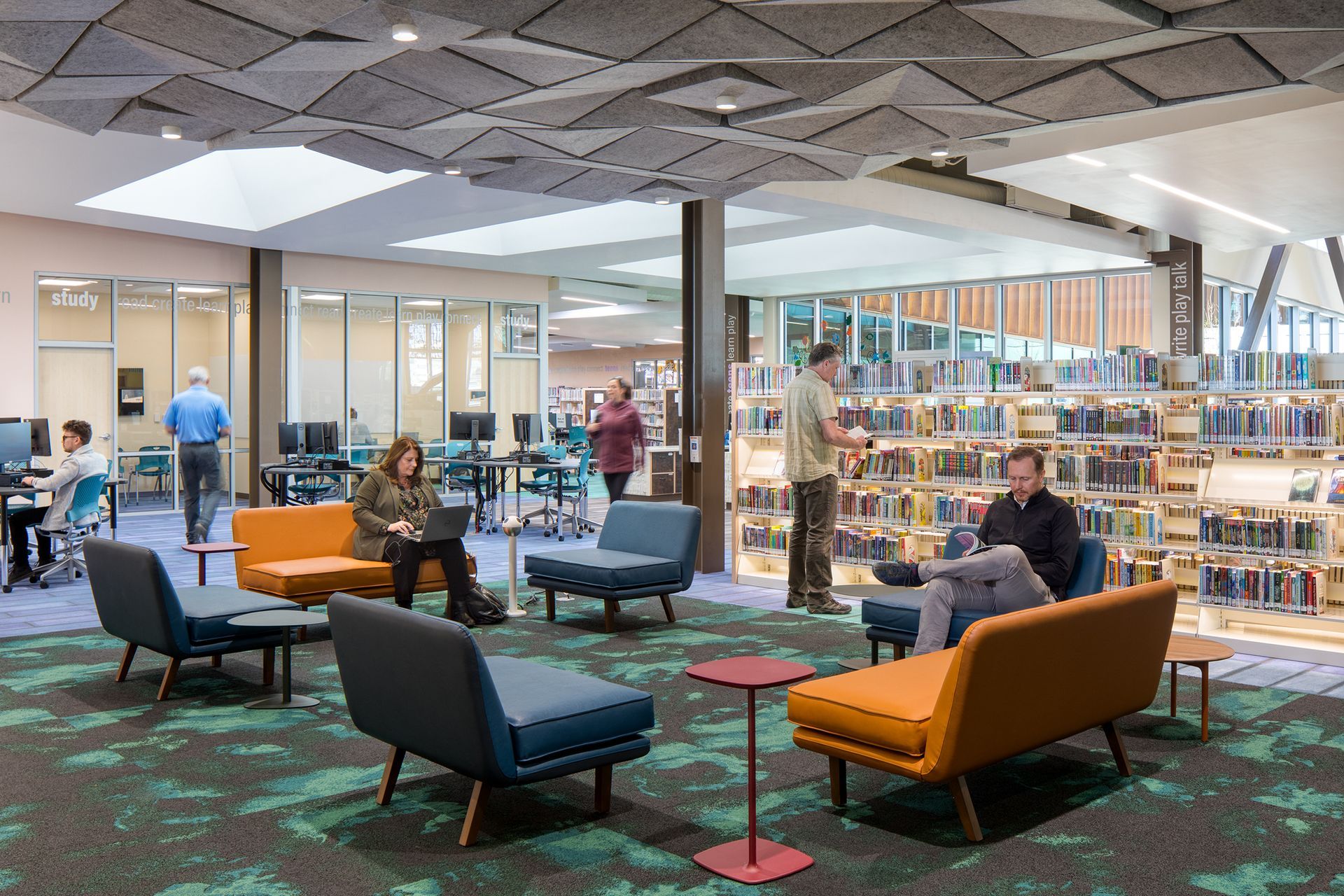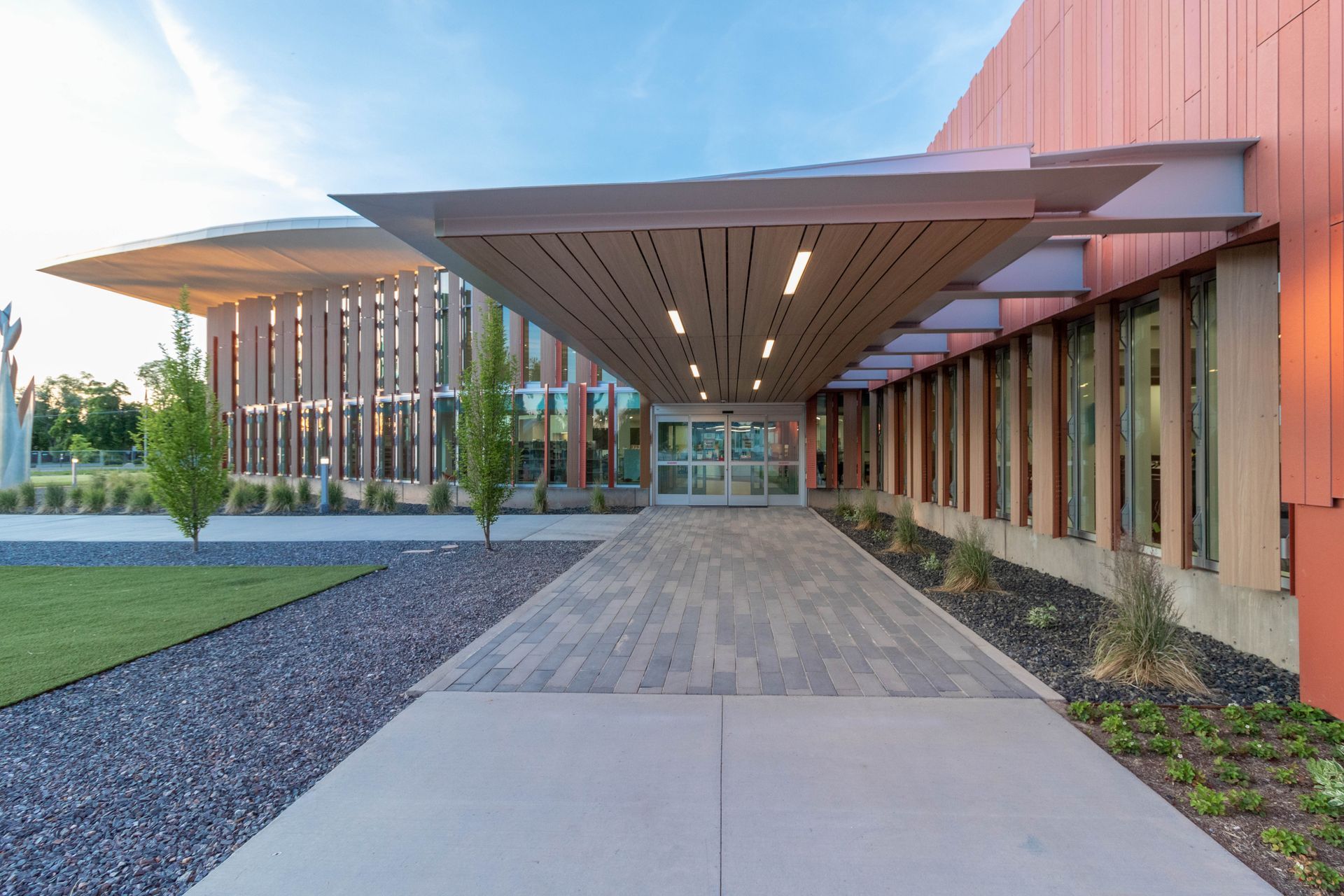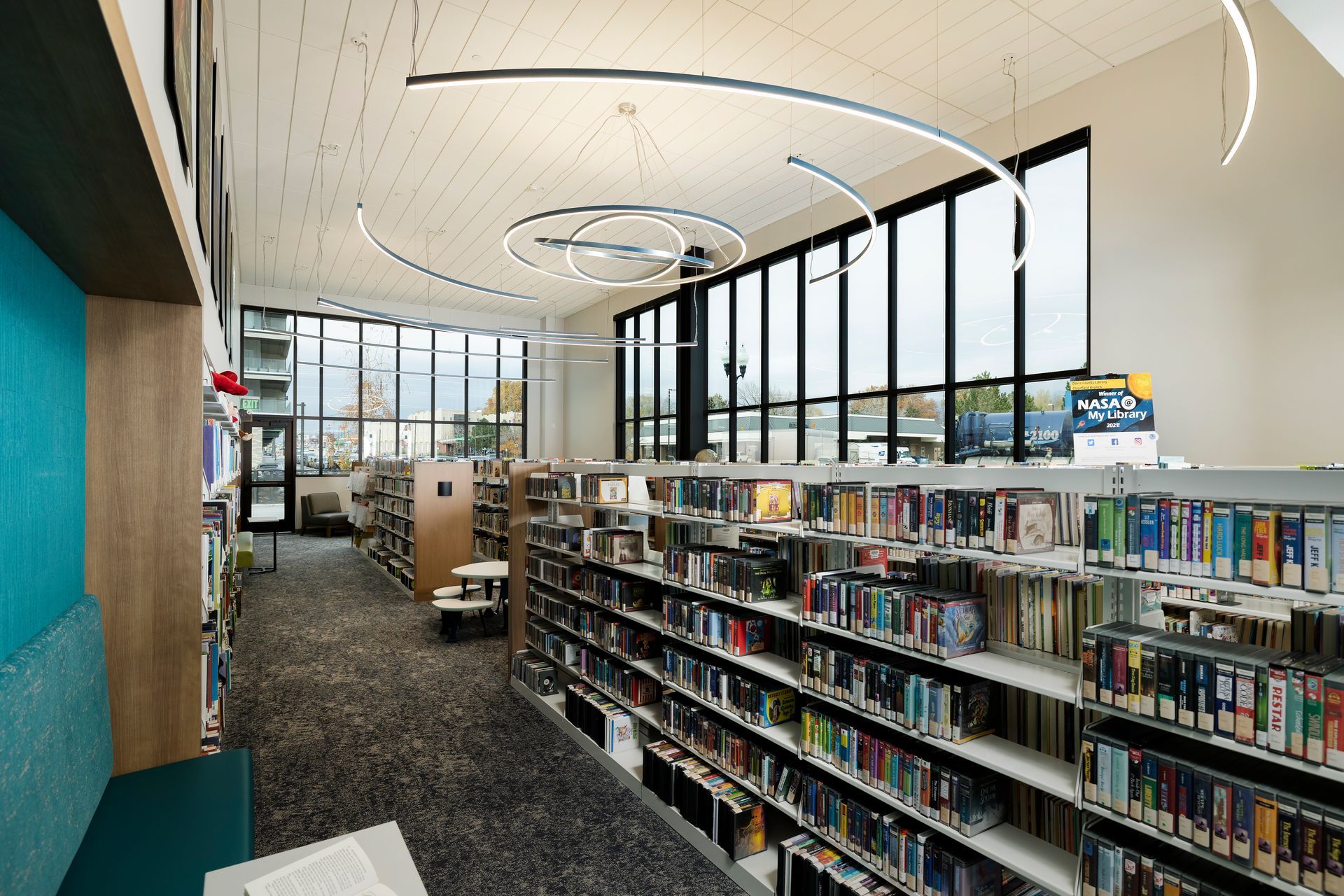By Taylor Larsen
Clearfield Library Takes Off

At the north end of Davis County sits Clearfield, a city of over 30,000 that butts against the sprawling Hill Air Force Base. Given that, the aerospace industry has flourished in that location, permeating much of Clearfield’s character.
The city has been taking off in its municipal district lately, and its new public library, designed by ajc architects and built by Spindler Construction, is the new sight to see at the corner of Center Street and Main Street. The first year has been a brilliant success, even if the initial takeoff was a little bumpy.
According to Darrel Hansen, Project Manager with Logan-based Spindler Construction, the site position made for an early challenge. “Apartments on the north and west, a bridge to the south, and a busy Main Street to the east,” said Hansen of the different buildings enclosing the locale. “Yes, things were pretty tight.”
But the construction team brought the site together to allow design from Steve Simmons to shine through. Simmons, Director of Design with ajc architects and lead architect on the project, said that the north-south span of the building massing would be the starting point on the flight-centric design of the new library.
The winged, elongated façade tells arriving visitors “welcome to the fly zone.” With not just the air base, but so many players in the aerospace industry close by, its design has many an airplane quality. The major foil massing on the east greets those arriving on Main Street while a smaller fin ushers in visitors into the library interior.
"The whole east wall had to be specially engineered because of all the beautiful windows,” Hansen said of the construction process to bring the design to fruition. He complemented the masonry and glazing teams, who precisely followed the schematics and brought about the welcoming exterior.
The gorgeous grey brick combines well with the black steel, wood paneling, and curtain wall for, Simmons said, an “understated yet timeless” look. For the library’s price tag, the building is anything but modest—it’s stunning.
The architect described designing the library to embody a “retail feel,” where the glazing invites outside travelers to come in and savor the joys of the public library. That retail feel extends inside as well, something owners from the Davis County Library System wanted in the design to assist in the library programming.
“Davis County isn’t the stereotypical librarian,” said Simmons. “They aren’t shushing anybody. They want movement.”
With a children’s area and an elegant community room on the first floor, movement is a given. Thanks to building design, the library is ready for any and all of it—including sound movement. One librarian even mentioned how the acoustics are so good in the community room that it has never required a microphone for programming since the library opened last year—not even for a recent activity with 63 participants.
The exterior courtyard just outside the children’s area has a metal grate fence that nods to Clearfield’s native son, Nolan Bushnell, the creator of Atari. The library staff liked the design so much that they created additional programming and branding pieces that mimic the grate design with the library’s 3D printer.
Library Evolved
That 3D printer is part of the accelerating shift in library programming still underway, said Simmons. Knowledge and resources are still essential to the library function but are seen in different ways than those of libraries from decades prior. Tech, creator-centric programming, and other new staples of the modern library are available for use on the building’s second floor.
But creating stairs up to those “maker space” pods, teen reading area, and conference room was a bit tricky, Hansen said. “The owner wanted it to look like [the stairs] were suspended by cables. We had to come up with a special design to make all the stairs and cables come together nicely.”
“I’m glad they went for it,” said Simmons. A look up the feature stair is anything but understated. The woodwork may be clean and simple, but the combination between it and the metal cabling make for breathtaking safety and utility.
The celestial feel of the interior is very much complemented by those same metal cables, drawing the eyes up to the beautiful wood slats that straddle the interior and exterior of the building. Sloped ceilings, a favorite design feature from Simmons, hang dappled “clouds” that further aid in the inspiration that looks skyward.
Grounded and Ready
Design and construction have the library primed for enjoyment for residents and visitors alike. As a public building, Clearfield Library is firmly rooted in place, with Simmons and Hansen both mentioning how that phrase isn’t just metaphorical.
Despite our flight puns, “this building isn’t going anywhere,” said Hansen of the structural steel and other components supporting the building. Moment connections within the structure help answer seismic concerns and will keep the building in place during any earth-shaking event. But another win from the moment frame structural skeleton is how it allowed the design to be almost entirely open, showcasing its wonderful books and resources along with breathtaking views to the east. Simmons mentioned that the open space provides a safe design and allows every patron to enjoy such a powerful building that will benefit Clearfield, its growing municipal district, and visitors from all over.
Mission accomplished, indeed.
Davis County Clearfield Branch Library
Owner: Davis County
Architect: ajc architects
General Contractor: Spindler Construction
Civil Engineer: Great Basin Engineering
Electrical Engineer: Envision Engineering
Mechanical Engineer: VBFA
Structural Engineer: Reaveley Engineers
Landscape Architect: Great Basin Engineering
Plumbing: Advanced Plumbing
HVAC: United Team Mechanical
Electrical: JC Electric
Concrete: Intermountain Concrete Specialties
Steel Fabrication: Steel Encounters / All Metal Fabrication
Tile/Stone: Rocky Mountain Masonry / Larry Anderson Tile, LLC
Steel Erection: Paul Higley Welding & Erection
Glass/Curtain Wall: NGI Glass
Masonry: Rocky Mountain Masonry
Drywall/Acoustics: Royal Drywall, Inc. / Golder Acoustics
Painting: Nicholls Brothers Painting
Carpentry: Champion Fabricating
Flooring: Wall 2 Wall Flooring
Roofing: Midwest Roofing / Mountain Peak Builders
Waterproofing: Contractors Waterproofing Systems
Excavation: D&J Grading / Granite Mill
Precast: Reliance Precast
Landscaping: Landscape Specialties, Inc.
Grounded and Growing
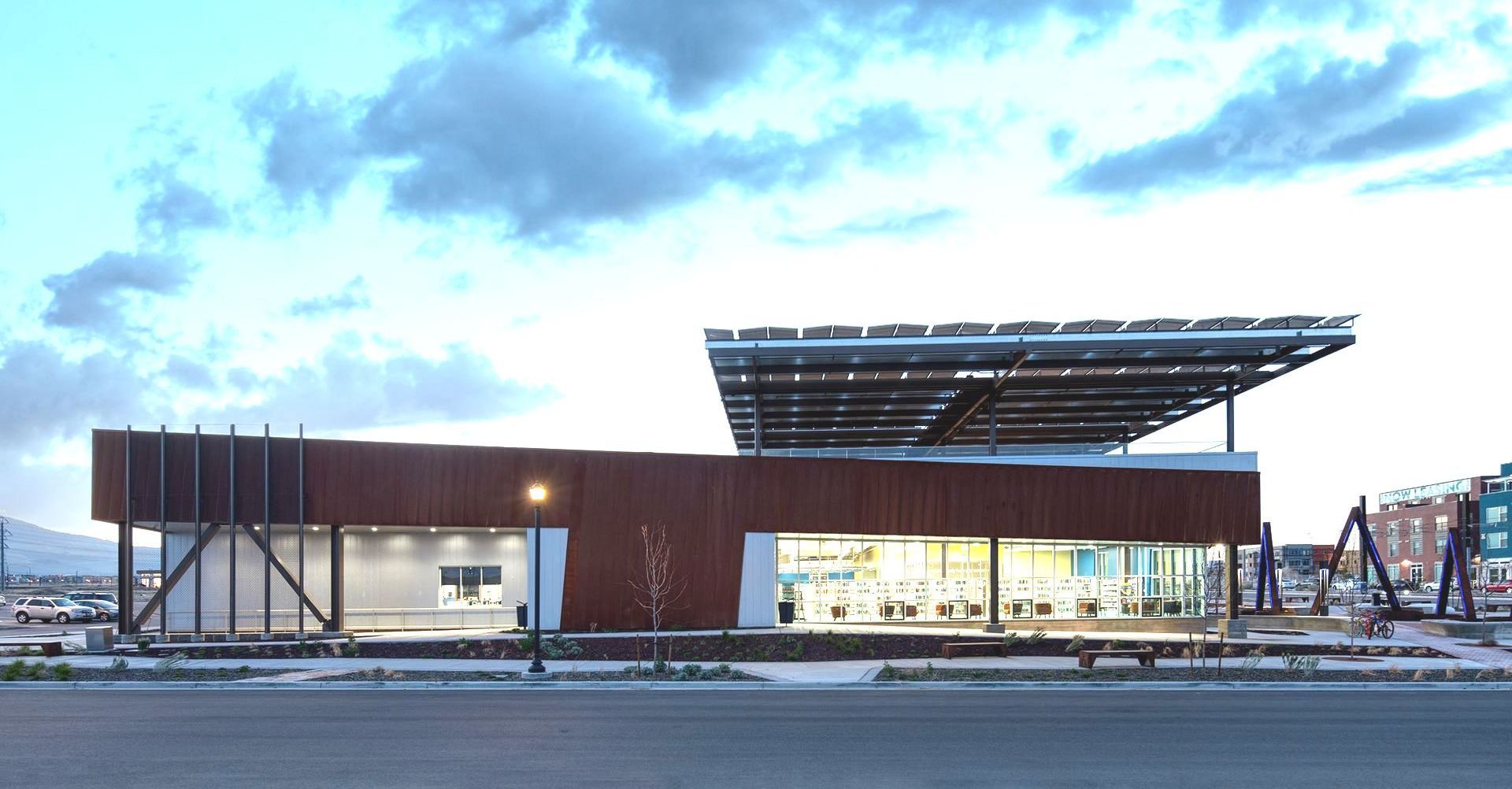
Daybreak Library is the perfect fit for its growing community, showcasing high design and innovative construction methods for the many amenities on site.
Positive community impact is often the goal for architects and contractors, but it needs a community that cares—one fully invested in their public spaces. With the Daybreak Library, outreach helped make for a space perfect for the location and the young neighborhood’s future.
Location, Location, Location
Robb Harrop, President of Architectural Nexus and the project’s lead designer, mentioned how the history of place is an important aspect to any project. “While [this] community itself may be young, the rich history of mining has played an important role in its identity.”
He explained how Daybreak is rooted in a type of “community well,” where people may gather to access a precious resource that comes from the earth. “In the case of the library, the resource is knowledge,” he said. That, combined with the mining history, “lent itself to the idea that the library was a resource that grows out of the earth naturally, as opposed to something that was placed there.”
Massive ceiling clouds function as a typic of acoustic panel, and even help to continue that theme of emerging in its own way. Those panels work together with the different ceiling heights to create unique volumes for the different reading areas, study rooms, a maker space, and an inviting lobby.
Another way this emerging nature manifested, and one of Brady Stallings’ favorite features, was how, in one space, the building interior alternates views with the outside. The Stallings Construction Principal and Project Manager for the library described the unique feature where, just past the circulation desk, the view travels through the interior courtyard, into a hallway that wraps around the courtyard, and then back out to the exterior courtyard and amphitheater area—all in one glance.
A Space of Many Uses
The space’s variability was a major design focus inspired by Architectural Nexus's extensive outreach.
“We are always looking for opportunities to get input from the community for our place-based designs,” said Holli Adams, Principal-in-Charge of the project. For everyone, lending an ear has been a great way to design places universally beloved by their respective communities.
Listening closely to the Daybreak community and Salt Lake County library wishes and needs resulted in not just a beautiful building but a stunning rooftop garden. Combined with the work that was put in to integrate the library with Daybreak’s trail and pedestrian travel system.
“During the design,” she began, “we often talked about how this community would be likely to access the building by foot, or bike, or TRAX, and the rooftop amenity was a continuation of the trail system.”
Instead of making it only available for use through the library, it sits accessibly to the community at all times. But it isn’t just benches—the rooftop garden serves as an integrated space, its walking trail providing inspiring views east to the valley and west to the Oquirrhs.
Building on a Building
The rarity of this rooftop garden made it a first for Stallings Construction, who were up for all steps of the complicated challenge.
Jed Stallings mentioned additional scheduling and integration challenges that differentiated the library from a traditional building. The Principal and Project Engineer told of how the library and rooftop garden required significantly more than a simple drying process to weatherize it.
Brady Stallings further explained: “We had 12 layers of waterproofing, drainage, detection system, and more to weatherize the building.” More than 18 inches of material went in before the lightweight grow medium and lava rock that provided spots for the garden landscaping. The vegetation remains thick and lush, with actual trees growing on top of the building.
With the design concept based off the access to precious natural resources, Harrop said, “We felt it important to speak to the need to save those natural resources, therefore the building was designed to be Zero net energy and recently received LEED Gold Status.”
Sustainability Reigns Supreme
With the unique “roof access” from the park, library patrons can fully appreciate a beautiful simplicity in the solatube system. It helps to make daylighting the main source of lighting throughout the space.
Not only does the building support a park, but stretching even higher is the solar array that generates all of the energy needs for the building.
“The use of photovoltaic panels are not treated like simple appendages to the roof but as an important architectural expression and canopy,” said Harrop. The array functions so well as a sun catcher that its shade becomes a nice reprieve from the lingering afternoon heat.
Sustainability is a highlight throughout the project, imbued by multiple facets that only make the library more of a treasure. Hidden under the parking lot sit 48 ground source geothermal loops, each one going 300 feet in depth as it pulls and pushes air to heat and cool the building. On-site water retention helps to alleviate storm drain systems while operable windows can bring in fresh air, one of many ways the building seeks to work with nature to create a choice public space.
Scheduling and getting the material up to the rooftop garden was one challenge, but far more challenging for the library as a whole was maintaining schedule amidst limited materials availability.
“That’s the part I’m most proud of,” said Brady. Everything came through on time as books, furniture, and programming elements readied the building to open its doors in April 2022. Work between Brady and Superintendent Vaughn Huffman was essential to keeping things on track.
“Brady and Vaughn were critical,” said Jed of the teamwork he witnessed on the project. “It required creativity, flexibility, and constant adjustments to the schedule to keep the project on-time, which we were able to do.”
Metal Fabulous
Brady spoke of how their contracted metal fabrication shop shut down three times. The construction team pivoted and reached out to other trade partners to bring the needed materials and help the other shop stay on schedule and get the job done right.
Their hard work paid off.
Metal, as one of those natural resources referenced by Harrop, functions as an aesthetic and a visually appealing utility in the building. Corten metal panel originally came in as a silver color and then was allowed to patina to achieve the color visible now—a rusty orange. That same coloring is also seen in the massive, metallic public art piece that greats patrons on arrival.
The use of those corten panels and steel beams are in reference to the area’s mining history, with Adams noting the inherent beauty of the copper-colored panels. But its utility provides a different type of beauty, the beauty of support. Buckling restrained bracing, expansion joints, and stiffeners, explained Brady before a pause and a laugh: “It’s a lot of metal.” All of it goes to help carry the concrete roof, garden, solar array, and a gorgeous, resource-rich library.
The entire space—inside and out—allows for large and small groups to have many different types of events and experiences.
Adams said it best, “It was important that the project include something that brought delight to everyone.”
Daybreak Library
Owner: Salt Lake County
Architect: Architectural Nexus
General Contractor: Stallings Construction, Inc.
Civil Engineer: Meridian Engineering, Inc.
Electrical Engineer: EELD
Mechanical Engineer: VBFA
Structural Engineer: Dunn Associates, Inc.
Geotech: Terracon
Landscape Architect: Architectural Nexus
Concrete: LG Concrete
Plumbing & HVAC: KK Mechanical
Electrical: IES Residential, Inc.
Drywall/Acoustics: K&K Drywall
Painting: DR Paint
Tile/Stone: Lee Barney & Associates
Carpentry (Millwork): Granite Mill & Fixture
Flooring (Carpet/Vinyl): Red Canyon Flooring
Flooring (Terrazo): FW Specialties
Roofing: Utah Tile & Roofing
Glass/Curtain Wall: Flynn-Noorda BEC
Waterproofing: Utah Tile & Roofing
Steel Fabrication: Northwest Welding & Mechanical
Steel Erection: JD Steel Construction, Inc.
Excavation: T&T Construction
Landscaping: Western Meadows Landscape
Old School, New Library
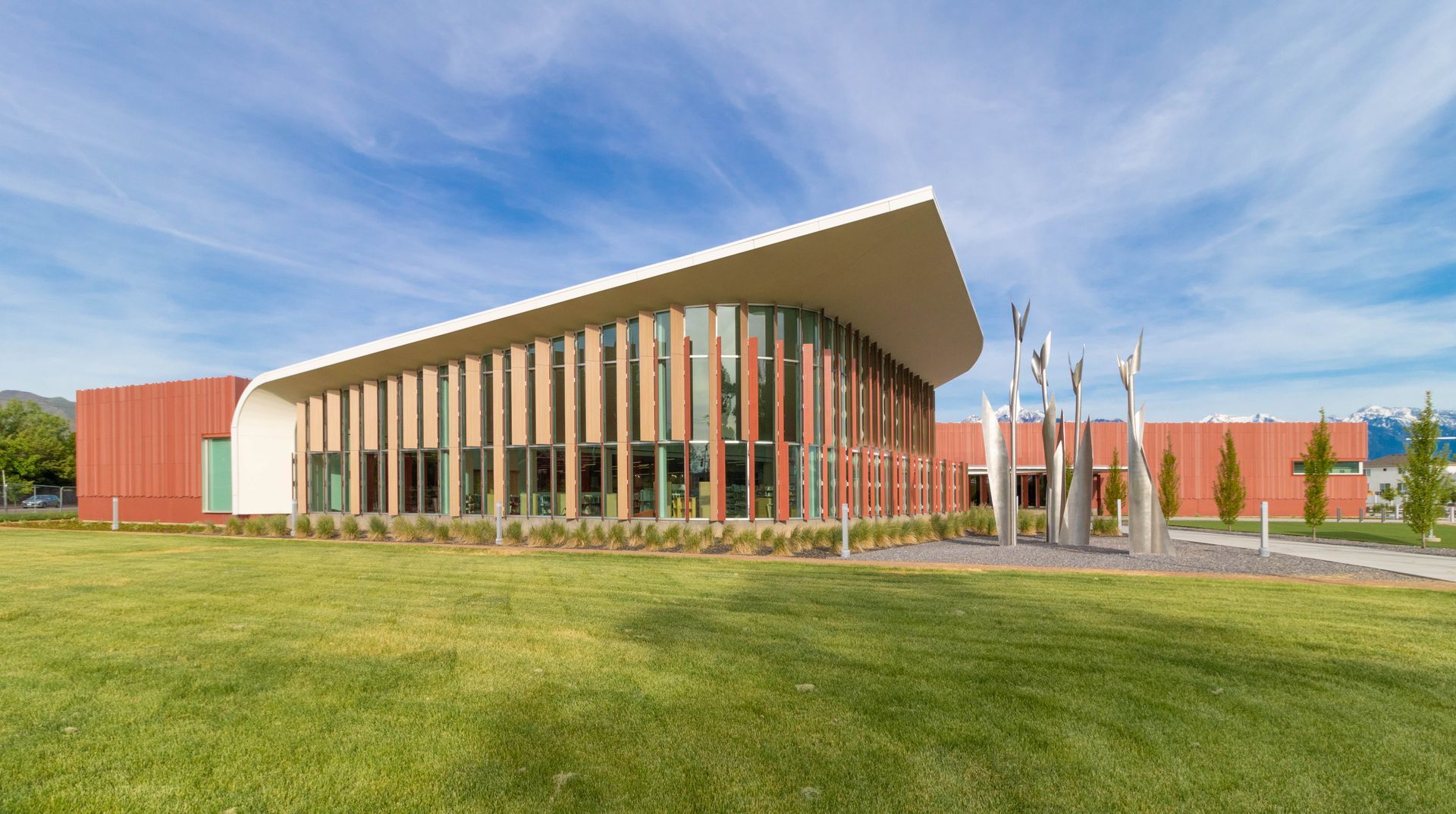
Blending elements of the old Granite High School into the new Granite Library provides a fitting tribute throughout the timeless building.
Standing on the corner of 3300 South and 500 East in South Salt Lake, the new Granite library is a modern reminder of the former Granite High School, which was constructed in 1906. Two bond votes, decades of contention in the local community, and over 100 years of passing architectural styles later, the school was demolished in 2017. Destruction, however, is often the first step of rebirth.
The site the library was built upon is the same as that old high school. It is less a phoenix rising from the ashes and more a farmer (Granite High’s mascot) tilling, making room for a bountiful harvest on long-forgotten land.
The preparation started with a stellar project team led by designers at Method Studio and construction experts at Hughes General Contractors. Their assignment: “Create something where the past and future don’t stand separately as relics and icons, but are woven together in a more nuanced way,” said Rob Beischline, Associate Principal with Method Studio and architect on this project.
Honoring the past began in earnest with the Hughes team and their work on nearby vegetation. Project Manager Ben Stringham said construction started by carefully preserving the century-old trees that had been struggling from years of neglect. Protecting the roots with structural soil under the newly-raised sidewalks was crucial—and endeared the project team to local residents as a result.
Another endearing feature is the site topography. The undulating heights of different design features around the site—benches, amphitheater, parking lot, play areas, and trails—point to this resource mecca in South Salt Lake.
“This is the only library in the Salt Lake County system with a play area on site,” said Stringham. It’s another exciting part of the community-centric design. Trails around the building and through the play area have already seen hundreds of families, dogs, runners, walkers, and more enjoying the area. Lush prairie grasses are a major landscape feature while wild strawberries are planted generously around the building.
Walking around the site two times, from both the architectural and construction perspectives, added a coincidental nature to the story. Beishline used the word “lenticular” to describe how the very static building seemingly transforms as it’s viewed from different angles. The lenticular lens here, what blends past and present, is the collection of masonry-like concrete fins adorning the massive windows that look into a modern and accessible building. The result is that, as the viewer’s position changes in front of the windows, their view transforms as well.
“I love the feel of the vertical sun shades,” Beishline said. These red fins of concrete rhythmically appear on the rounded glass areas—a symbol of how they carry portions of the past through the present and into the future. “From certain angles, the brick-colored cladding appears to be woven into the glass volume.”
It was the first of many callbacks to the former masonry-clad Granite High School.
Stringham explained how every red panel is the same color. The difference in the panels comes from how much sandblasting they received.
“All of them arrived on site with either a smooth, medium, or heavy sandblast,” he said.
Why not just go with masonry or an approximation of the classical design choices made over 100 years ago with the school?
Beishline explained, “It would have missed the opportunity to speak to future generations. […] We felt it was important to us to honor the past, but also look to the future.”
As it looks forward, Granite Library is firmly set in the present with shear walls on the building circumference—and a few more on the interior to keep the building upright and safe in case of a future seismic event. The structural system allows for an open space where patrons can take in the majesty that is the Granite Library in any area.
“There’s hardly a straight line in this building,” Stringham said. Rooms without 90 degree walls can be difficult to make efficient, that much is a given, but it was a challenge that the Hughes team reveled in as they went to task. Beishline explained the design as such: "We treated many of the interior spaces like lumps of clay—we could push and pull them, and mold them into forms based on their functional needs and the spaces around them.”
One of the most notable curves in the library comes via the cantilevered roof. Sticking out 20 feet from its deepest point, Beishline explained that the roof is a passive solar response.
Getting something so heavy to cantilever as far as it does was a challenge for Stringham and his team. The structural engineers at BHB Structural helped to create a 70-foot steel beam that curves in two to create a type of spiral. Stringham said they could not find someone to fabricate the beam, so they did what they do best and made it themselves by field welding together two beams.
So 70 feet of curved steel supports the roof, and the roof supports visitors by reducing energy consumption—all while still allowing for year-round natural light through the two story glass wall via its lovely architectural feature.
Swoon.
The interior view out to the fins is just as good, albeit in a different way, as those inside look out to a community rapidly shifting in density and their own expectations changing as well, specifically toward their new library.
“You used to only go to libraries because knowledge was inaccessible and books were expensive,” said Beishline of an era that feels distant to the millennial writer. The Granite Library and owners Salt Lake County Library System are fully aware of what the digital age has meant.
Bookshelves are still present but so are laser engravers, VR headsets, a podcast studio, dedicated study rooms, freshly built nooks—the kind with the weird, uncomfortable shapes that only kids will use.
On second thought, maybe nothing has truly “changed" in today’s libraries. The sense of wonder is certainly present, and it is most evident in one spot that will get the most attention: the entrance.
Beishline explained, “Curvilinear open space at the entry was one of the most dramatic features of the project. We intentionally created an entry canopy that was long and low so that you feel a sense of compression right before revealing the grand lobby.”
The ceiling, barring the sprinkler systems and smoke detectors, doubles as a blank canvas.
Beishline explained how the Salt Lake County Library system utilizes raised floors under main collections for future flexibility. To accomplish this, the project team utilized the floor cavity as a bridge between the two lower volumes of the building. Wiring, plumbing, and infrastructure could be routed. This kept high ceilings free from mechanical diffusers and other devices that are seen in a typical building.
While it is certainly a modern library, this one stands as a bit of a museum, too. History is visible in the Granite High fight song and high-quality historical images of students branded on study rooms. A trophy case on the building’s east side is full of 100 years of memorabilia—pins, basketball, pictures, and more. The wood floor that once heard the squeaks of basketball shoes now functions as a community room.
Don’t forget the school’s former insignia, now perfectly engineered into the library wall. The hundreds of pounds of concrete that make up the Granite High seal were carefully preserved before the construction crew built its heavy-duty display case. Prominently displayed on the east side hallway, it is a fitting tribute to the history that once stood in its place.
Today, the building stands in South Salt Lake, a dynamic example of a building that honors the past, lives in the present, and embraces the future.
Granite Library
Owner: Salt Lake County
Architect: Method Studio
General Contractor: Hughes General Contractors
Civil Engineer: Forsgren Associates inc.
Electrical Engineer: VBFA
Mechanical Engineer: VBFA
Structural Engineer: BHB Structural
Geotech: Klienfelder inc.
Landscape Architect: Loft Six Four
Concrete: Hughes General Contractors
Plumbing: KK Mechanical
HVAC: KK Mechanical
Electrical: Arco Electric
Drywall/Acoustics: Commercial Interiors
Painting: Keith Pulham Painting
Tile/Stone: Millcreek Tile
Carpentry: Boswell Wasatch Mill
Flooring: Certified Sales & Service
Roofing: Flynn-Noorda BEC
Glass/Curtain Wall: LCG Facades
Waterproofing: LCG Facades
Steel Fabrication: Utah Ornamental Iron
Steel Erection: Elevated Steel
Excavation: Hughes General Contractors
Landscaping: A.C.E. Landscape
